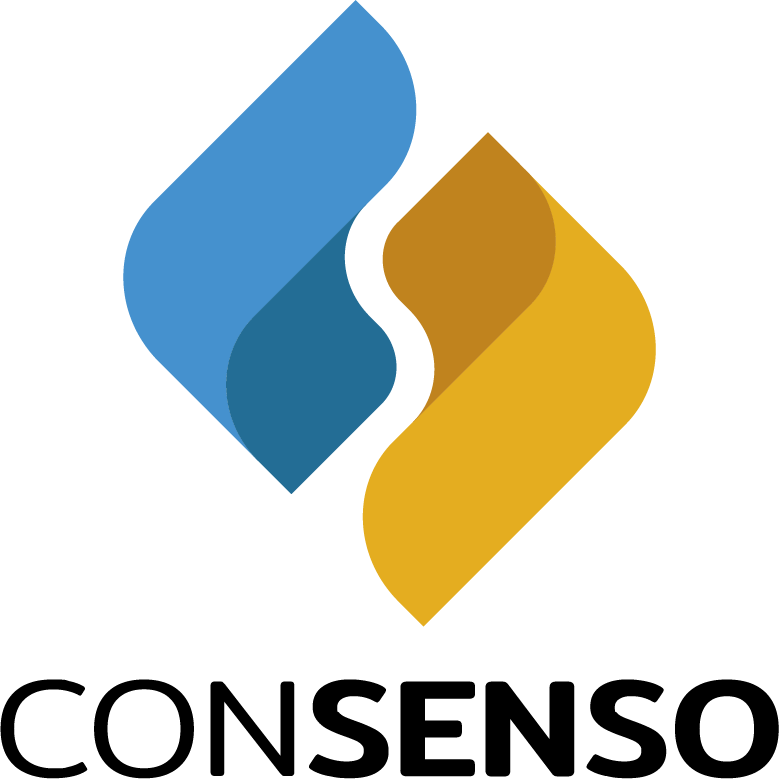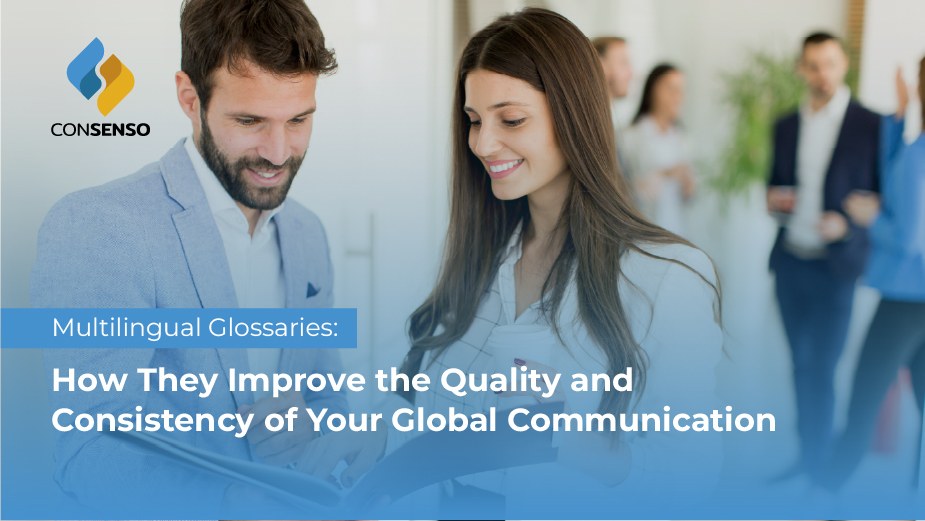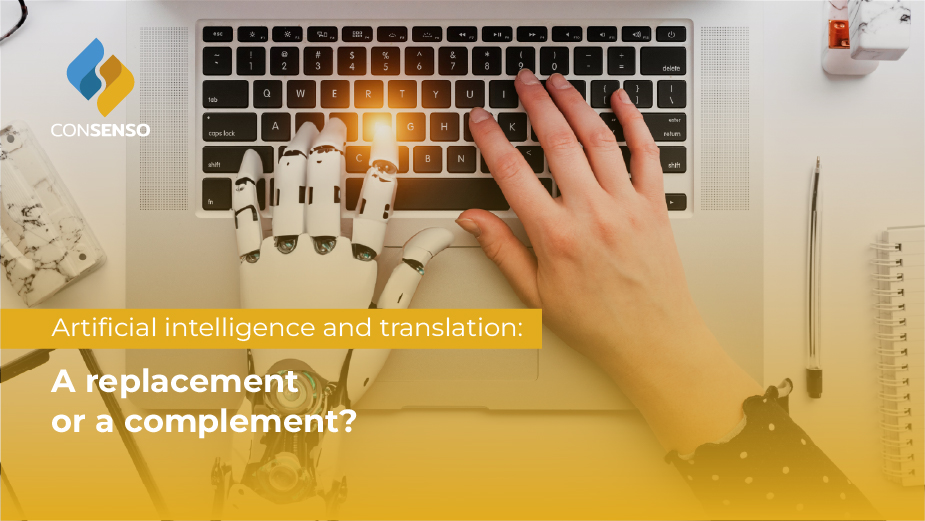In an increasingly global marketplace, consistency matters. Whether it’s product names, technical terms or marketing language, using the right terminology — and using it consistently — is key to building credibility and trust across all your communication channels.
A multilingual glossary is one of the most powerful tools for ensuring your brand speaks with one voice across languages and markets. In this article, we explain why your company needs one, how to create it effectively, and what measurable benefits it brings.
1. What is a multilingual glossary — and why does it matter?
A multilingual glossary is a structured list of your company’s key terms — with approved translations and definitions for each target language.
It typically includes:
- Technical or product-related terms
- Names of features, services or departments
- Brand language and taglines
- Usage notes, definitions and preferred or prohibited terms
A well-built glossary helps translators, copywriters and reviewers stay aligned — ensuring clarity, consistency and brand fidelity in every language.
2. How to create and maintain an effective glossary
Developing a useful glossary requires collaboration between teams — and a clear methodology:
Key steps:
- Identify core terminology
Start by analysing key materials (web, product sheets, manuals). Where have translation inconsistencies or confusion occurred? - Validate internally
Work with product, marketing and technical teams to define the correct usage and meaning of each term. - Translate and review professionally
Only qualified, sector-experienced translators should produce the glossary equivalents — always reviewed by native linguists. - Keep it updated
As your product or business evolves, your glossary must evolve too. New features, names or terms should be added regularly.
Tools like SDL MultiTerm, memoQ or terminology databases in CAT tools allow for easy, collaborative and secure glossary management.
3. The business case: real benefits for your organisation
Glossaries are not just linguistic tools — they deliver clear business value:
Benefit | Impact on your company |
|---|---|
Consistent brand voice | Greater clarity and trust across languages |
Fewer errors and revisions | Faster approvals and less back-and-forth |
Time and cost savings | More efficient translation workflows |
Cross-team alignment | Harmonised language between departments |
ISO compliance support | Meets ISO 17100 and 18587 standards for quality |
Conclusion: clarity and control for your multilingual content
A multilingual glossary gives your business the language consistency it needs to operate globally — with speed, accuracy and confidence. It’s an investment in quality, efficiency and brand value.
At CONSENSO:
- We build glossaries tailored to your sector, brand and tone
- We validate terms with internal and external experts
- We integrate glossaries into AI + CAT-powered translation workflows
- We comply with ISO 17100, ISO 18587 and ISO 27001 standards




